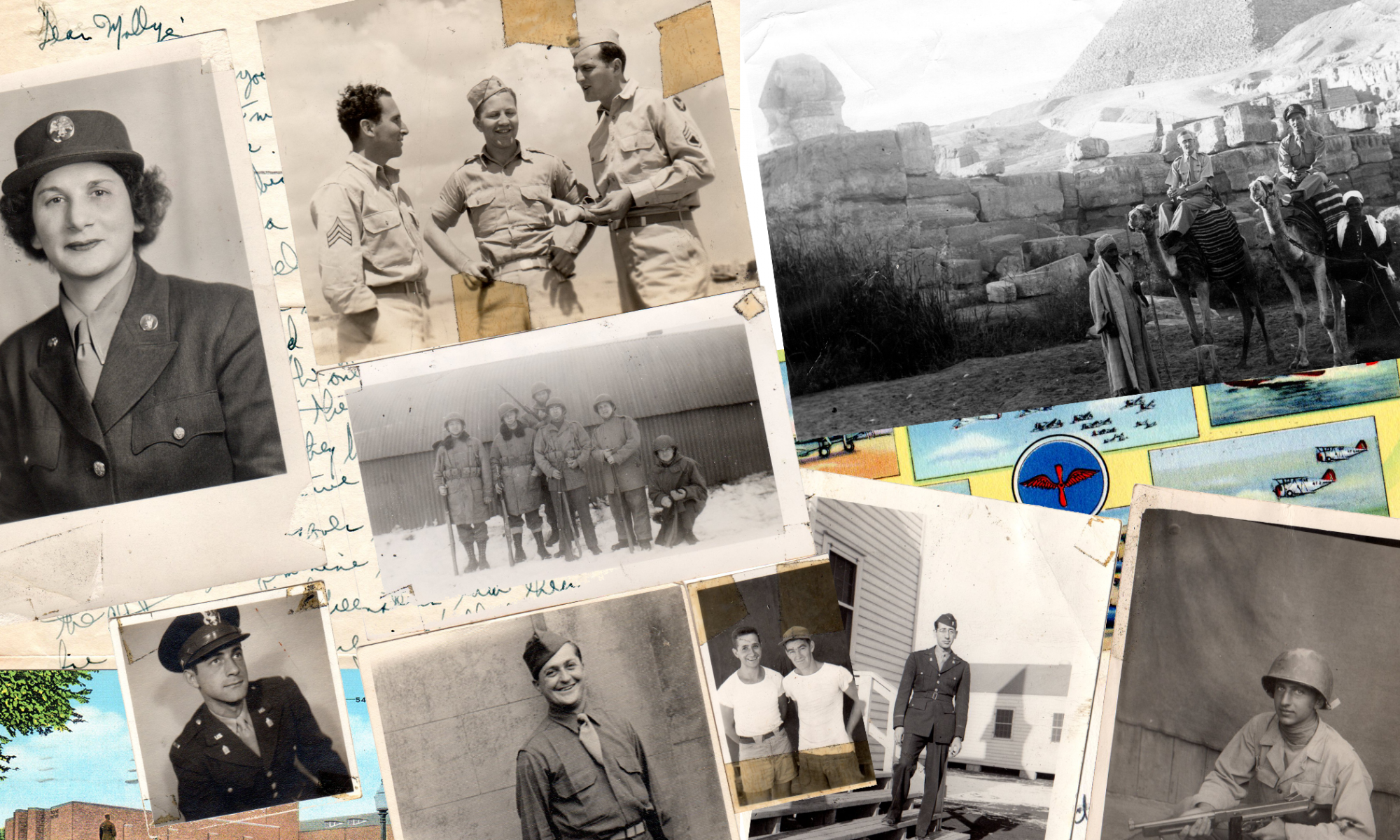By SYLVIA F. PANITZ
Special to The Jewish Voice
For the first time in many years, Delaware’s Jewish community is welcoming three new rabbis, their wives and families to the Diamond State. The rabbis’ wives were literally in the midst of unpacking and settling in to their new homes when we asked them to share some of the recipes that they might prepare for the upcoming holidays…and share them they did!
Evelyn Goldblum, a native of New York, is the wife of Rabbi Moshe Goldblum, who recently took over the pulpit at Beth Sholom Congregation of Dover. The Goldblums have two grown children. Before moving to this state’s capital, they spent 25 years in Pittsburgh. The following are Goldblum family recipes.
Ginger Veal
2 – 2 ½ lbs. cubed veal
Fresh ginger and black pepper
1 cup chopped onion
2 cups chicken broth OR 1 ½ cup white wine
—Coat meat with spices and let stand for two hours. Brown in olive oil. Add chicken broth or wine and simmer until tender. Bake in a slow oven for three hours.
Broccoli and Chicken
Marinade:
⅓ cup honey
¼ cup lemon juice
¼ teaspoon lemon rind
¼ cup soy sauce
1 tablespoon paprika
¼ cup water and 1 chicken bouillon cube
—Pour marinade over cleaned chicken. Add 20 oz. bag of frozen broccoli pieces. Cover with foil and bake at 350° for 1/2 hour. Uncover and bake for another hour.
Braised Parsnips
 2 lbs. parsnips (4 or 5)
2 lbs. parsnips (4 or 5)
¼ cup oil
2 teaspoons sugar
6 large lettuce leaves
3 tablespoons minced parsley
—Wash parsnips, pare and cut into julienne strips. Heat oil and add parsnips and sugar (and salt, if desired). Wash lettuce leaves, leave them wet and cover the parsnips with the leaves. Simmer, covered, over low heat for 30 minutes, until tender. Check after a while for moisture. If necessary, add a little hot water, one tablespoon at a time. Discard lettuce, fold in the parsley and serve hot.
Cheryl Matasar is the wife of Adas Kodesch Shel Emeth’s new rabbi, Howard Matasar, and the mother of eight-year-old Tracy. The Matasars moved to our community from Peoria, Illinois. The following recipes are Matasar family favorites during the holidays and throughout the year.
Unstuffed Cabbage
1 large head of cabbage
1 large can tomato sauce
½ cup dark brown sugar
½ cup vinegar
2 lbs. ground beef
½ cup rice
salt and pepper to taste
—Combine beef, rice, salt and pepper in a mixing bowl. Form into meatballs. Place a layer of cabbage on the bottom of a Dutch oven or large saucepan. Place the meatballs on top of the cabbage and cover with another layer of cabbage. To make sauce: Combine tomato sauce, brown sugar and vinegar. Pour sauce over cabbage and meatballs. Add another layer of cabbage and stir gently. Cover and cook on low setting, stirring occasionally, for about 1 ½ hours.
Applesauce Cake
1 cup applesauce
1 cup raisins
1 cup sugar
1¾ cups flour
1 teaspoon cinnamon
1 cup nuts
½ cup pareve margarine, butter or shortening
1 egg, beaten
½ teaspoon baking soda
½ teaspoon ground cloves
—Blend margarine and sugar together. Add applesauce. Pour egg into mixture. Sift dry ingredients together and add to margarine and sugar mixture. Grease an 8 X 8 inch or 9 X 9 inch pan and transfer mixture to pan. Bake at 350° for approximately 1 hour. Let cake cool for about 10 minutes before removing from pan.
A Baltimore native, Rachel Yoskowitz is the wife of Congregation Beth Shalom’s Rabbi Herbert Yoskowitz and the mother of three children. The Yoskowitz family has recently moved to Delaware from Minnesota. The favorite recipes contributed by the Yoskowitz family should satisfy anyone’s sweet tooth.
Sweet Potatoes and Pears

1 large can pear halves
4 or 5 large fresh yams
2 cans pineapple chunks with juice
1 teaspoon grated orange peel
Brown sugar
Small amount margarine
—Strain and dice the pear halves and place in a shallow baking dish. Dice the yams and place over the pears. Add pineapple and juice. Cover with the orange peel and a little brown sugar and dot with margarine.
Bake at 350° for 40 minutes or until yams are soft. Baste frequently.
Apple Strudel
5 or 6 firm apples, peeled and sliced thin
2 teaspoons cinnamon
¼ cup sugar
1 cup brown sugar
½ cup golden raisins
4 ounces pecans, chopped
1 package fillo (strudel) leaves
1 cup melted margarine
graham cracker crumbs
1 (16 ounce) jar cherry preserves
—Slice the apples and, in a large bowl, combine with cinnamon, sugars, raisins and nuts. Mix well. Prepare strudel roll: Unfold one fillo sheet onto a moist towel, covering remaining sheets with another moist towel. Brush the sheet with melted margarine. Sprinkle with cracker crumbs. Place a second fillo sheet on top and repeat the procedure with the margarine and crumbs. Continue until there are six sheets. Using a slotted spoon, take ⅓ of the apple mixture and place on long end of fillo. Place ⅓ of cherry preserves on top of apples. Roll up like a jelly roll and brush with margarine. Place on a well-greased jelly roll pan. Repeat the process for two more rolls. Make slits two inches apart on the tops of the rolls. Bake at 375° for 35 minutes. This makes three rolls — six to eight servings per roll. Slice and serve warm. Note: These freeze well in foil. To serve, thaw in refrigerator overnight. Place on jelly roll pan and open foil. Heat at 325° for about 20 minutes.
L ‘Shana Tova!

































